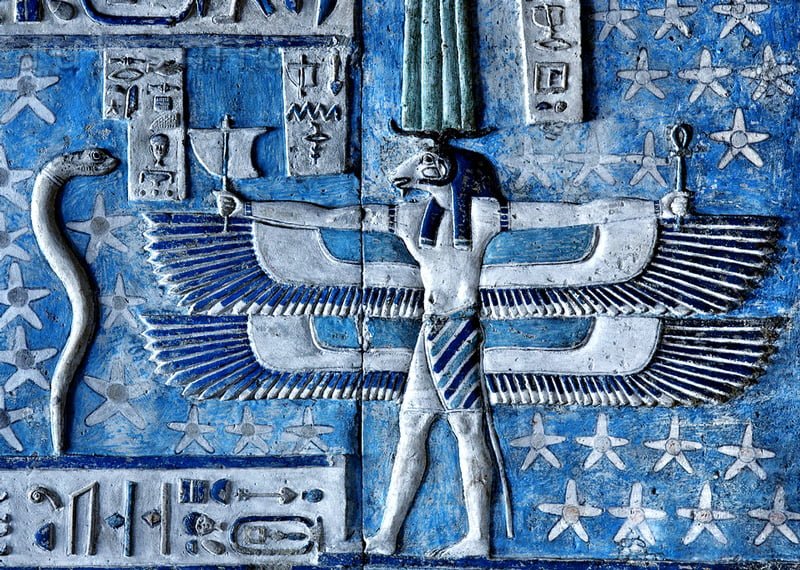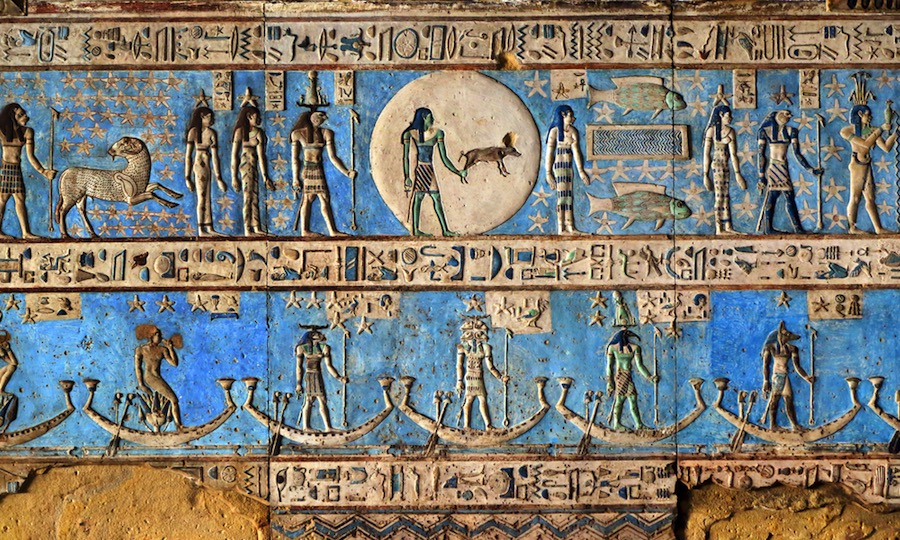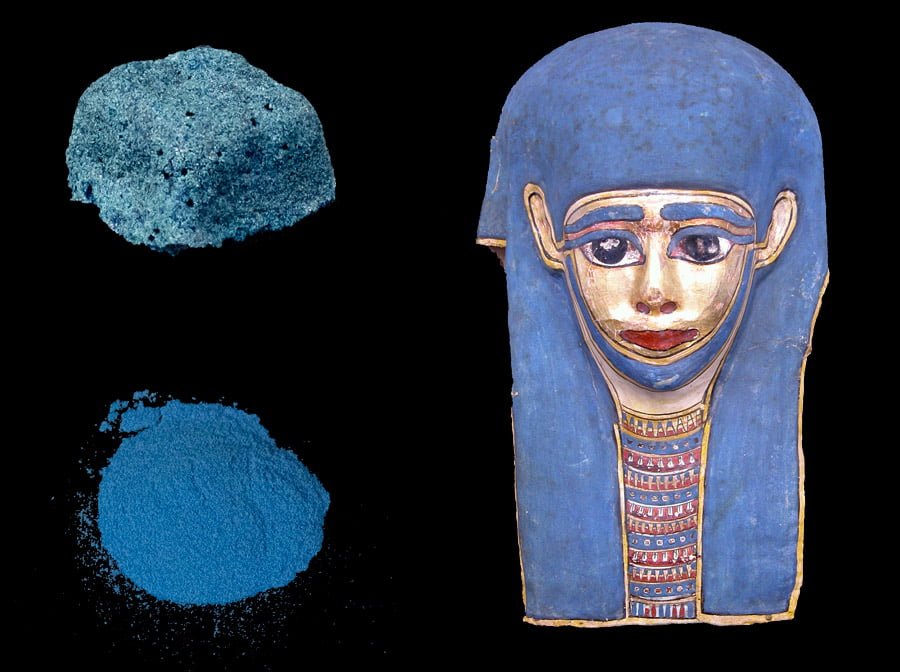
In the vast and enigmatic world of colours, there is one that has captured the attention of artists, historians and scientists for centuries: the Egyptian blue pigment.
This intense and vibrant hue has left a lasting mark on the history of Egyptian art and culture, and its discovery and production remained an enigma for a long time.
In this blog, we will explore the fascinating story behind this pigment and its impact on ancient Egypt.
The discovery of the Egyptian blue pigment:
Egyptian blue pigment, also known as Egyptian blue or synthetic azurite, was first used in ancient Egypt more than 4,500 years ago. It was discovered by chance by ancient Egyptian craftsmen while experimenting with different materials and painting techniques.
Its chemical composition is based on calcium silicate and copper, which gives it its distinctive blue colour.

The production of Egyptian blue pigment was a painstaking and laborious process. The ancient Egyptians mixed white sand, copper, calcium carbonate and a source of silica, such as ground quartz, in a kiln.
The mixture was heated at high temperatures, around 800-900 degrees Celsius, for several hours.
The result was a deep blue glass that was pulverised and mixed with a binder for use in paint.
It was widely used in ancient Egypt to decorate temples, tombs and religious objects. Its intense blue colour was associated with the god of the sky and fertility, Amun-Ra, and was considered a symbol of life and rebirth.
The ancient Egyptians also used it to represent water and the Nile, which was vital to their agriculture and survival.
The disappearance of knowledge:
Although Egyptian blue pigment was highly valued in ancient Egypt, its production and knowledge were lost over time.
For centuries, the exact recipe and process for creating this pigment remained a closely guarded secret. It was only in the 1920s that the French chemist Michel-Eugène Chevreul managed to decipher the process and recreate the Egyptian blue pigment using modern methods.

Although it disappeared over many centuries, its impact on the history of art is still evident.
Many of the masterpieces of Egyptian art, such as the frescoes in the tombs of the pharaohs or the statues of the gods, still exhibit traces of this pigment. Its brilliance and durability over time are testimony to the skill and mastery of the ancient Egyptians in the field of pigment production.
After Michel-Eugène Chevreul discovered the production process of Egyptian blue pigment, the door was opened to its use in contemporary art.
Artists and restorers began experimenting with this unique pigment, seeking to recreate the beauty and authenticity of ancient Egyptian works.
Today, Egyptian blue pigment is commercially available and is used in both traditional works of art and modern painting and restoration projects.
Conclusion:
Egyptian blue pigment is a historical gem that has stood the test of time.
Its intense colour and its association with Egyptian culture and religion give it a deep significance and special importance in the history of art. Although its production was lost for centuries, its rediscovery has allowed this lost treasure to shine once again, capturing the imagination of artists and art lovers around the world.
Egyptian blue pigment remains tangible proof of the creativity and artistic mastery of one of history’s most fascinating civilisations.